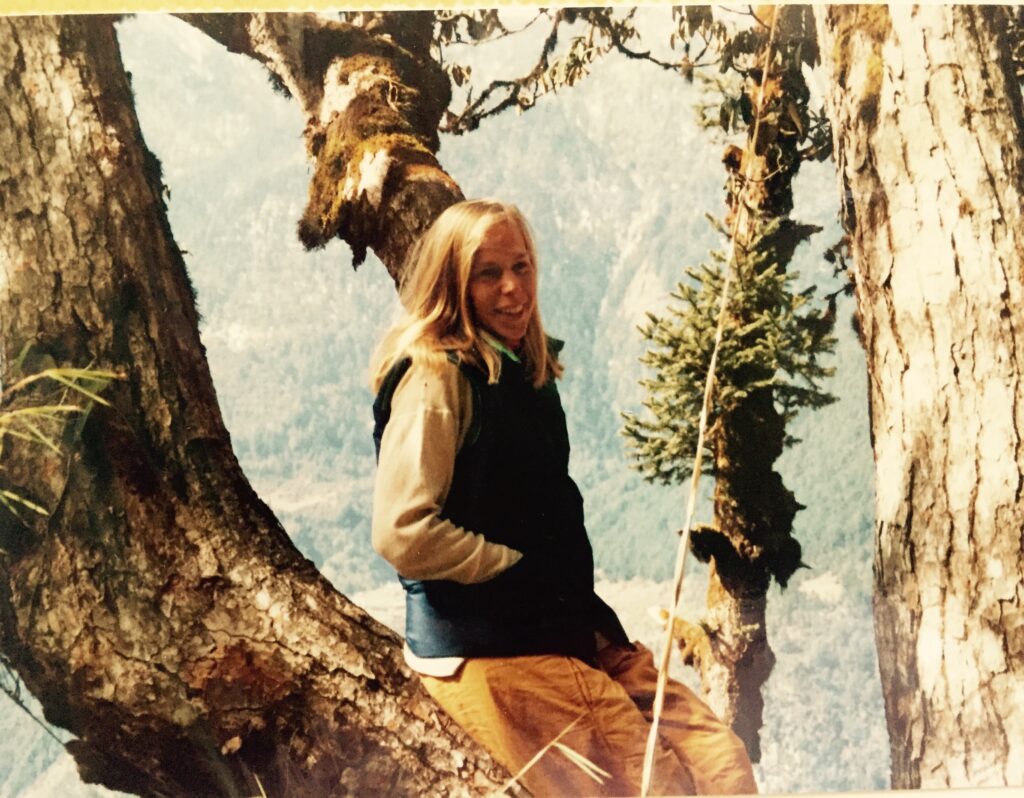
Christina Monson in mountain retreat in Yolmo
Christina Monson is a Buddhist practitioner and teacher and Tibetan language translator, and interpreter with over 30 years of study, translation and practice experience in Buddhism.

Chatral Sangye Dorje Rinpoche
Some of what Christina shares today: 00:00:00 Introduction 00:01:42 Meeting self-made Buddha Chatral Rinpoche 00:09:15 Recounting moments with Rinpoche. 00:13:00 Realization energy 00:17:44 Mountain retreat 00:21:00 Guru Yoga and releasing hope and fear 00:27:00 Retreat schedule 00:36:00 Illness, grief and this year being the most transformational for Christina 00:50:00 A reading and elaboration on “A Song of Amazement Inspired by Practice Experience” by Uza Khandro (Sera Khandro). 01:00:00 Uniqueness of Sera Khandro as a human and realized being. 01:02:00 Reading and reflections on “Spontaneous Advice, Connected with a Prayer,” by Chatral Rinpoche 01:07:00 Challenges in translation and specifically this prayer. 01:12:00 Conclusion

Retreat in Yolmo
Links:
Spontaneous Advice Connected with a Prayer https://www.lotsawahouse.org/tibetan-masters/chatral-rinpoche/spontaneous-advice-connected-with-prayer A Song of Amazement Inspired by Practice Experience https://www.lotsawahouse.org/tibetan-masters/sera-khandro/song-of-amazement Podcast https://oliviaclementine.com/podcasts Support Enjoy these episodes? Please leave a review here. Scroll down to Review & Ratings. https://podcasts.apple.com/us/podcast/love-liberation/id1393858607
